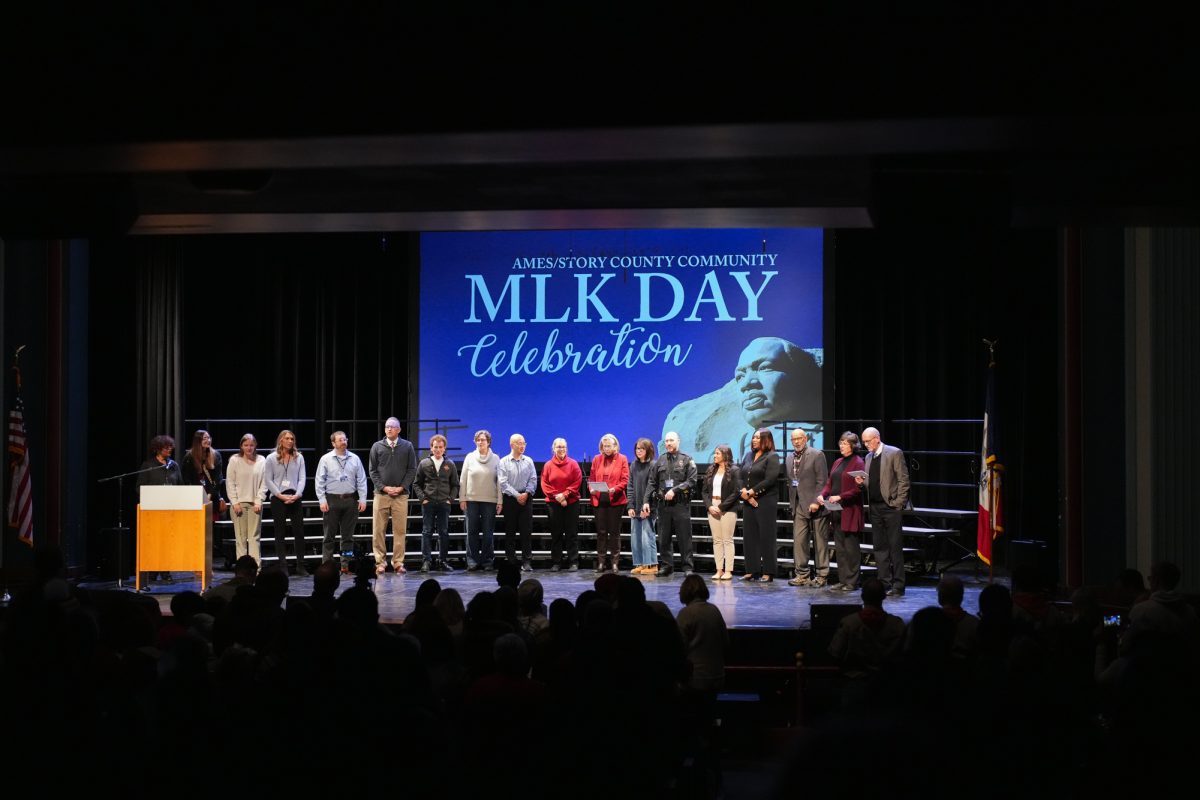COLUMN: Theory to improve public schools
April 29, 2003
Imagine never having to take any standardized tests. Imagine never being compared to classmates’ achievements or test scores. Imagine difficult subject material presented in an innovative, creative format rather than lecture style. It would be sheer Utopia.
No one argues that public education is by any means perfect, but fistfights break out during debates over exactly what and how to change. In fact, it’s been subject to major criticism and scrutiny ever since psychologist and professor Howard Gardner redefined the definition of intelligence as “the capacity to solve problems or to create products that are valued in one or more cultural settings” and in 1983 published “Frames of Mind,” in which he outlined his theory of multiple intelligences (MI). Gardner believes that everyone is born with nine intelligences: linguistic/verbal, logic/mathematical, visual/spatial, music, bodily/kin-esthetic, intrapersonal, interpersonal, naturalistic and existential intelligences.
This challenged the traditional idea that limited intelligence to linguistic/verbal skills and reason-ing/logic skills. The theory of multiple intelligences challenges the whole idea of standardized multiple choice testing, which is at the very core of American public education.
In a traditional public classroom setting, the teacher gives facts and information that students are later expected to regurgitate to “demonstrate” their understanding of the subject material. This “regurgitation” is translated into test scores that other educators and administrators analyze and compare with other “standards” across the nation. It’s convenient, but are students really learning what we think they’re supposed to be?
Not according to recent standardized reading test scores of Des Moines middle schoolers published in The Des Moines Register. In fact, middle school curriculums nationwide are under fire for numerous goals not being reached — based solely on standardized test scores.
Students, though, should not be judged by what they cannot do, but by what they can do.
The MI theory has finally forced some educators and policymakers to reconsider educational methods of the last century. Teachers should think of all intelligences as equally important, which is a sharp contrast to the traditional idea that places great emphasis on the development and use of verbal and mathematical intelligences. The MI theory implies that educators should recognize and teach to a broader range of talents and skills.
Does this mean that teachers in public education should be expected to create 300 different lesson plans to accommodate 300 different learning styles in their students? No. Teachers should structure the presentation of material in a style which engages most or all of the intelligences. The underlying assumption of the MI theory is that all students will come to the classroom with different sets of developed intelligences. These sets determine how easy (or difficult) it is for a student to learn information when it is presented in a particular manner. It is the teacher’s responsibility to show students how to use their more developed intelligences to assist in the understanding of a subject which normally employs their weaker intelligences.
For example, when teaching about the Revolutionary War, a teacher might show students battle maps, play Revolutionary War songs, organize a role play of the signing of the Declaration of Independence and have students read a novel about life during that period.
Public educators and policymakers should design a radically different national K-12 curriculum. Training on some type of instrument (choices might include piano, violin, acoustic guitar or recorder) should be mandatory at some point during the elementary years. Creative expression through the visual and performing arts needs to be emphasized during the elementary years since the emphasis shifts to math and science at the secondary level.
Drama and music at the secondary level should not be considered extracurricular, but integrated with math and science.
Eliminating labels such as “learning disability” should also be on the forefront of public education reform as teachers strive to assess their students’ learning in ways which will give a more accurate overview of their strengths and weaknesses.
Change never comes quickly or easily when millions of people are involved and are accustomed to doing things in one way. Gardner acknowledges this in some interviews done after the release of his book. But he is encouraged by the individual teachers who choose to put his theory into practice.
Public education is standing at a fork in the road. Students could continue to be labeled for convenience, to be judged incompetent based on standardized test scores, and to be misunderstood, or students could be assessed more accurately, tested more fairly and taught with their best interest in mind.






